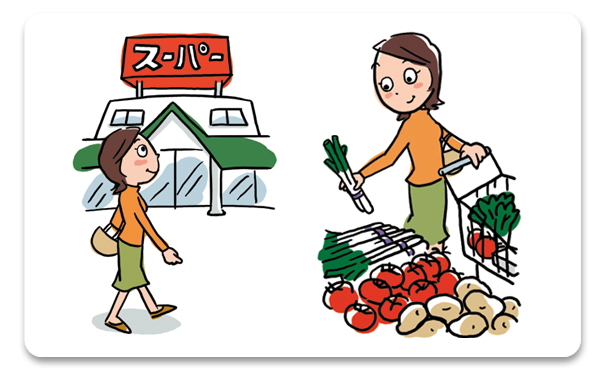 A month or so ago there was a report on NBC’s Nightly News about the rising cost of living in the United States. In spite of the anemic recovery and stubbornly high unemployment figures, consumer prices were steadily rising, exacerbating a difficult situation for millions of Americans who were already struggling to make ends meet.
A month or so ago there was a report on NBC’s Nightly News about the rising cost of living in the United States. In spite of the anemic recovery and stubbornly high unemployment figures, consumer prices were steadily rising, exacerbating a difficult situation for millions of Americans who were already struggling to make ends meet.
The report went on to list the average price of the following items:
A dozen eggs $1.68
A pound of chicken $1.30
A pound of beef $3.62
A gallon of milk $3.62
A pound of coffee $5.24
My first reaction was, “A gallon of milk? A pound of beef? Who the hell buys that much?” My second reaction was, “Good god, that’s cheap!”
Obviously, I’ve been living too long in Japan where meat is sold by the gram (100g = 3.53oz), milk by the liter (0.26gal), and where the sticker shock of groceries would send the average American pensioner to an early grave. (Even a multi-millionaire relative of mine who was posted to Tôkyô several years ago complained of the prices. Now that’s expensive!)
Curious to know how local prices compared, I went to the neighborhood supermarket and came up with the following:
Six eggs ¥158
100g of chicken ¥98
100g of beef ¥480
1 liter of milk ¥198
7 oz of Lions coffee ¥998 ~
In American units and dollars these would come to (drum roll, please):
A dozen eggs $4.10, or 2.5 times more expensive
A pound of chicken $5.79, or 4.5 times more expensive
A pound of beef $28.30, or 7.82 times more expensive
A gallon of milk $9.73, or 2.69 times more expensive
A pound of Lions coffee $29.63, or 5.65 times more expensive
With prices these high, consumption habits are naturally going to be different. Instead of buying a gallon of milk, a Japanese housewife will buy just one liter and make it last. (No chugging milk straight out of the bottle here.) She’ll also prepare meals with far more vegetables and seafood, which tend to be much more affordable, than her American counterpart. In Japan, for instance, hamburger patties are often made with a mixture of ground pork and beef, known as aibiki (合い挽き), which is cheaper and many would argue tastier than pure beef. (I agree.)
The Japanese housewife will, generally speaking, fix a larger percentage of her family’s meals herself rather than rely on store-bought items, such as pre-cooked deli goods and frozen foods. Cooking from scratch not only lowers costs considerably, but is more healthful, as well. More meals will be eaten at home, too, meaning that, all things considered, the Japanese family probably spends a lot less on food than would seem possible given the prices of groceries. (I’ve tried to find stats on the Engel’s Co-efficient[1] by country to see how Japan compares to the U.S. and other countries, but have so far been unsuccessful.)
[1] Engel’s Law states that as income rises, the proportion of income spent on food falls, even if actual expenditure on food rises. In Japan, the Engel’s co-efficient, which is taught in junior high school home economics classes, describes the percent of income spent on food.